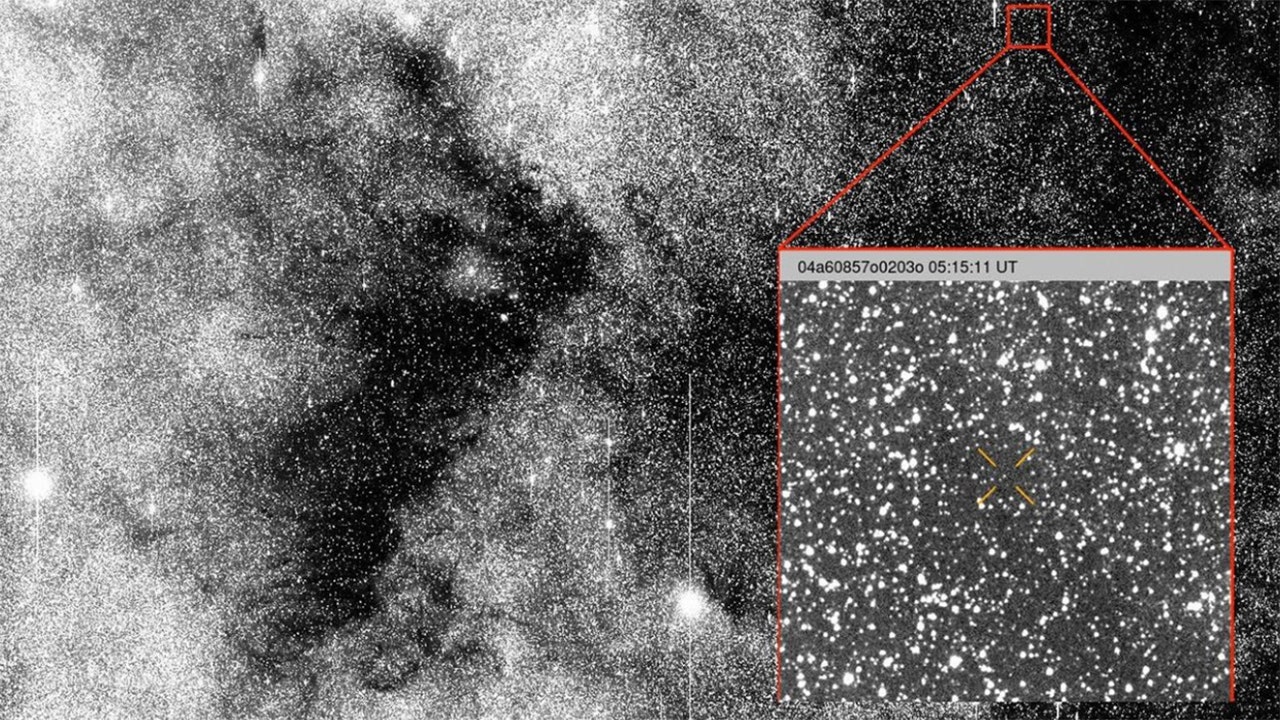**Summary: The Mystery of Interstellar Object 3I/ATLAS and the Ongoing Search for the Truth About UFOs**
On August 6, 2025, Director of National Intelligence Tulsi Gabbard spoke with the New York Post’s Miranda Devine, addressing the growing public curiosity about UFOs and unexplained phenomena. While Gabbard remained cautious about revealing details of what the government knows, she assured the public that she is committed to seeking the truth about unidentified aerial phenomena (UAPs). This interview comes at a time when a new and unusual discovery in our solar system has reignited interest and speculation about potential extraterrestrial activity.
**A Rare Visitor from Beyond the Solar System**
In early July 2025, astronomers made a remarkable discovery: a rare interstellar object, named 3I/ATLAS, was detected passing through our solar system. This is only the third time in recorded history that scientists have observed an object originating from outside our solar system entering our celestial neighborhood. The detection was made by the Asteroid Terrestrial-impact Last Alert System (ATLAS), a network of telescopes designed to spot potentially dangerous asteroids, with the key sighting coming from an ATLAS telescope in Chile.
**Anomalies That Defy Explanation**
What makes 3I/ATLAS particularly fascinating are its highly unusual characteristics, which have spurred debate among scientists and the public alike. While NASA has officially classified the object as a comet, Dr. Avi Loeb, a prominent science professor at Harvard University, has raised questions about whether this classification tells the whole story.
Dr. Loeb, well known for his provocative ideas about the possibility of extraterrestrial technology, observed that images of 3I/ATLAS display a curious glow at the front of the object, rather than the familiar cometary tail trailing behind it. “Usually with comets you have a tail, a cometary tail, where dust and gas are shining, reflecting sunlight, and that's the signature of a comet,” Loeb explained in a recent interview with Fox News Digital. “Here, you see a glow in front of it, not behind it.”
This anomaly, according to Loeb, challenges our conventional understanding of comet behavior. He points out that the glow could indicate something fundamentally different about the object’s composition or its interaction with sunlight and interstellar material. Alternatively, it could suggest that the object is not a natural body at all.
**A Massive, Bright, and Unusually Aligned Object**
3I/ATLAS is notable for its size and brightness. Measuring about 20 kilometers (roughly 12 miles) across, it is larger than Manhattan and far more luminous than would be expected for an object at its current distance from the sun. But what has particularly caught the attention of scientists like Dr. Loeb is the object’s trajectory.
Unlike previous interstellar visitors, such as ‘Oumuamua in 2017 and 2I/Borisov in 2019, the path of 3I/ATLAS appears to be incredibly well-aligned with the orbital plane of the solar system’s planets. “If you imagine objects entering the solar system from random directions, just one in 500 of them would be aligned so well with the orbits of the planets,” Loeb said. This degree of alignment is statistically improbable and raises questions about whether it could be the result of chance alone.
Even more striking is the way 3I/ATLAS is predicted to pass near several major planets—Mars, Venus, and Jupiter—on its journey. According to Loeb, the probability that an interstellar object would randomly pass so close to these planets is just one in 20,000. This extraordinary coincidence has led him to speculate that the trajectory might not be random at all. “Maybe the trajectory was designed,” Loeb suggested. He even entertained the possibility that the object could be on a reconnaissance mission, perhaps to monitor the planets or deploy probes.
**Approaching the Sun and Awaiting Answers**
3I/ATLAS is expected to reach its closest point to the sun—about 130 million miles away—on October 30, 2025. As it approaches, astronomers around the world are closely monitoring its behavior, hoping that further observations will shed light on its true nature.
Dr. Loeb has urged the scientific community and the public to remain open-minded about the possibility that 3I/ATLAS

